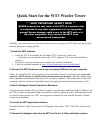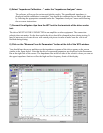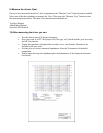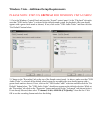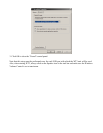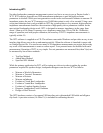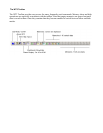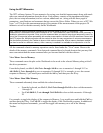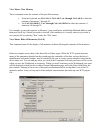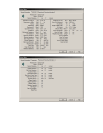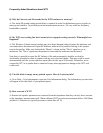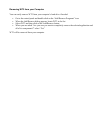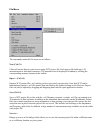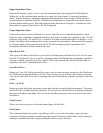Introducing WT3
No other loudspeaker parameter measurement system is as fast or as easy to use as Dayton Audio’s
WT3. WT3 employs powerful new DSP measurement techniques to provide highly accurate
parameters in seconds. While previous generation woofer testers took around 6 minutes to measure 30
impedance points, the new WT3 measures over 30,000 data points in only a few seconds! Using a new
swept sine technique that is only available in WT3 the system achieves very accurate, high resolution
impedance measurements that allow the extraction of high quality driver parameters suitable for the
most critical loudspeaker design work. WT3 is designed to measure impedances in the range from
about 1 Ohm up to 5k Ohms; it operates over a frequency range from 1 Hz to 20k Hz. Within this
range of operation, and with proper calibration, the accuracy of WT3's impedance measurements is
typically within 1%.
The WT3 software is supplied on a CD. The software runs under Windows and provides an easy to use
interface that allows users to be up and running quickly. When the software is launched it opens with
an Untitled Project file. You can save as many as 20 impedance measurements per project and overlay
any or all of the measurements to create a custom report. Your personal notes are included with each
measurement. Operation of WT3 is very simple. Free air parameters are measured first, then V(as) can
be measured by one of three methods:
•
Test Box Method
•
Added Mass Method
•
Specified SPL Method
While the primary application for WT3 will be testing raw drivers in order to gather the speaker
parameters required for speaker design, loudspeaker designers can also use WT3 as follows:
•
Measure a Woofer's Parameters
•
Measure a Tweeter's Parameters
•
Measure a Resistor
•
Measure an Inductor
•
Evaluate a Closed Box Loudspeaker
•
Evaluate a Vented Box Loudspeaker
•
Evaluate a Complete Speaker System
•
Diagnose Loudspeaker Fault Conditions
•
Design a Zobel Network
The WT3 hardware consists of a compact USB interface unit with attached USB cable and alligator
clip leads. A precision resistor (1k Ohm 1%) is included for calibrating the unit.





